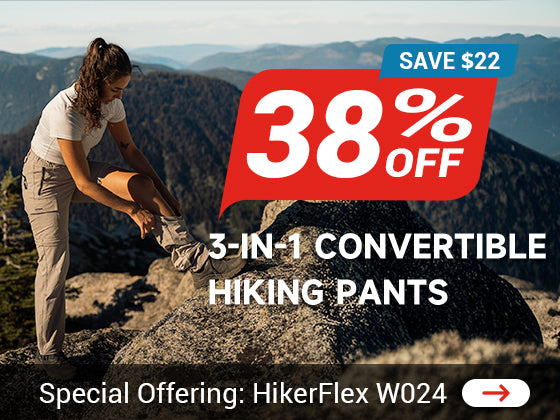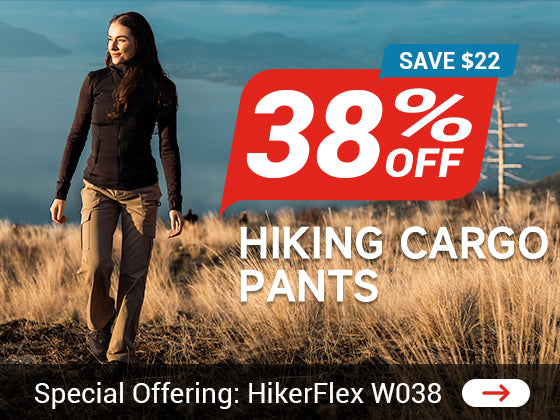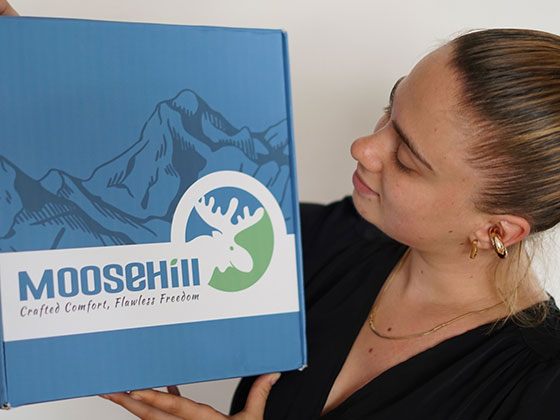Con la popolarizzazione del ciclismo, i tipi e le forme dei componenti delle mountain bike stanno diventando sempre più diversi.
Molti ciclisti, mentre perseguono alte prestazioni e l'aspetto dei componenti, trascurano o confondono le condizioni di prestazione e utilizzo di base dei componenti, e molte combinazioni apparentemente ragionevoli sono in realtà sbagliate. Ecco alcune comuni idee sbagliate sulla selezione e l'uso dei componenti delle mountain bike.
1. Quattro tamburi di fiori Peilin sono più umidi di due tamburi di fiori Peilin.
Spiegazione: Il Quattro Peilin Flower Drum si riferisce a quattro cuscinetti Peilin indipendenti all'interno del tamburo posteriore, con due su ciascun lato. Ci sono anche 2 Peilin Flower Drums e 5 Peilin Flower Drums comunemente visti - ci sono 5 cuscinetti Peilin indipendenti all'interno del tamburo posteriore, 3 su un lato della base della torre (lato volano) e 2 sull'altro lato. Indipendentemente dal numero di Peilin Huagu, si riferisce al numero di Peilin all'interno del retro Huagu, mentre il front Huagu ha solo due. Ad esempio, il Nine Desires 4 Peilin Flower Drum, il tamburo posteriore è 4 Peilin, e il tamburo anteriore è 2 Peilin; Quad5 Peilin Flower Drum, il tamburo posteriore è 5 Peilin, il tamburo anteriore è 2 Peilin.
Alcuni cavalieri credono che il Tamburo dei Fiori Quattro Peilin sia più umido del Tamburo dei Fiori Due Peilin, ma questa è una concezione errata. La liscezza del Tamburo dei Fiori Peilin dipende dalla liscezza del Peilin e dal numero di Peilin. Più Peilin ci sono, maggiore è la resistenza al rotolamento del tamburo dei fiori.
La caratteristica del Duopeilin Flower Drum (3 o più tamburi floreali) è quella di ottenere una maggiore resistenza del tamburo floreale, di resistere a forze d'impatto maggiori, ridurre la probabilità di danni al tamburo floreale e ridurre l'usura del tamburo floreale.
2. Dimensione del pneumatico esterno
Le dimensioni comuni delle gomme per mountain bike attualmente includono 26x1.3, 1.5, 1.75, 1.9, 1.95, 2.0, 2.1, 2.125, 2.3, ecc.
Spesso sento i miei compagni di viaggio dire: 'Perché la mia gomma 2.1 è larga quanto la tua gomma 1.95?'
I dati di dimensione contrassegnati sulla dimensione del pneumatico rappresentano (prendendo 26x2.0 come esempio): il diametro esterno del cerchio è di 26 pollici e l'altezza del pneumatico è di 2.0 pollici. Qui, 2.0 si riferisce all'altezza del pneumatico (l'altezza dal bordo esterno del cerchio al suolo sotto normale pressione del pneumatico) piuttosto che alla larghezza. Più alto è il pneumatico, maggiore è la circonferenza esterna del pneumatico, quindi dobbiamo regolare la base del contachilometri di conseguenza in base alla dimensione del pneumatico. L'altezza del pneumatico esterno è uno standard internazionale, ma la larghezza non lo è, quindi la larghezza dei pneumatici della stessa dimensione potrebbe non essere la stessa. È proprio per questo che molti ciclisti hanno scoperto che la larghezza dei pneumatici di diverse marche, 2.1 e 1.95, sembra avere poche differenze.

Il vantaggio dei pneumatici di grande dimensione: il diametro esterno della ruota aumenta.
(1) L'inerzia della rotazione delle gomme aumenta, il che è più favorevole al mantenimento della velocità del veicolo. Le auto da viaggio e le auto da strada utilizzano ruote di grande diametro come 700c proprio per questo.
(2) Maggiore è il diametro della ruota, più facile è attraversare strade accidentate, migliorando la passabilità del veicolo e le prestazioni fuoristrada.
(3) Sollevare il corpo del veicolo per ridurre la probabilità che i denti o i piedi entrino in contatto con ostacoli durante la guida fuoristrada.
(4) Man mano che l'altezza del pneumatico aumenta, la larghezza del pneumatico aumenterà in modo sproporzionato, migliorando la stabilità del veicolo durante la guida fuoristrada.
Svantaggi dei pneumatici di grande dimensione: aumento del diametro esterno delle ruote
L'energia potenziale della rotazione del pneumatico aumenta, il che non è favorevole all'accelerazione. L'inerzia è una cosa che aiuta a mantenere lo stato di moto originale di un oggetto, ma ostacola i cambiamenti nel suo stato di moto.
Nota: La superficie della maggior parte dei pneumatici è curva e l'area di contatto dei pneumatici di diverse dimensioni è simile sotto una pressione normale dei pneumatici.
3. Pressione dei pneumatici - si prega di mantenere la pressione normale dei pneumatici
"Diverse marche e modelli di pneumatici hanno specifici intervalli di pressione normali. L'intervallo di pressione normale di un pneumatico dipende dall'intervallo di pressione del pneumatico esterno. L'intervallo di pressione normale di un pneumatico è indicato sul pneumatico esterno in unità di "bar" e "psi"."
I vantaggi di avere una pressione degli pneumatici più bassa all'interno dell'intervallo normale di pressione degli pneumatici sono:
(1) Il pneumatico è relativamente morbido, assorbendo le vibrazioni della superficie stradale per il veicolo e il pilota, offrendo un comfort migliore.
(2) Aumentare l'area di contatto tra il pneumatico esterno e il terreno per migliorare la stabilità del veicolo.
(3) Aumentare la presa su superfici stradali asciutte e dure (ghiacciate).
(4) Ridurre la pressione per prevenire l'affondamento del pneumatico in superfici molto morbide come sabbia e fango.










